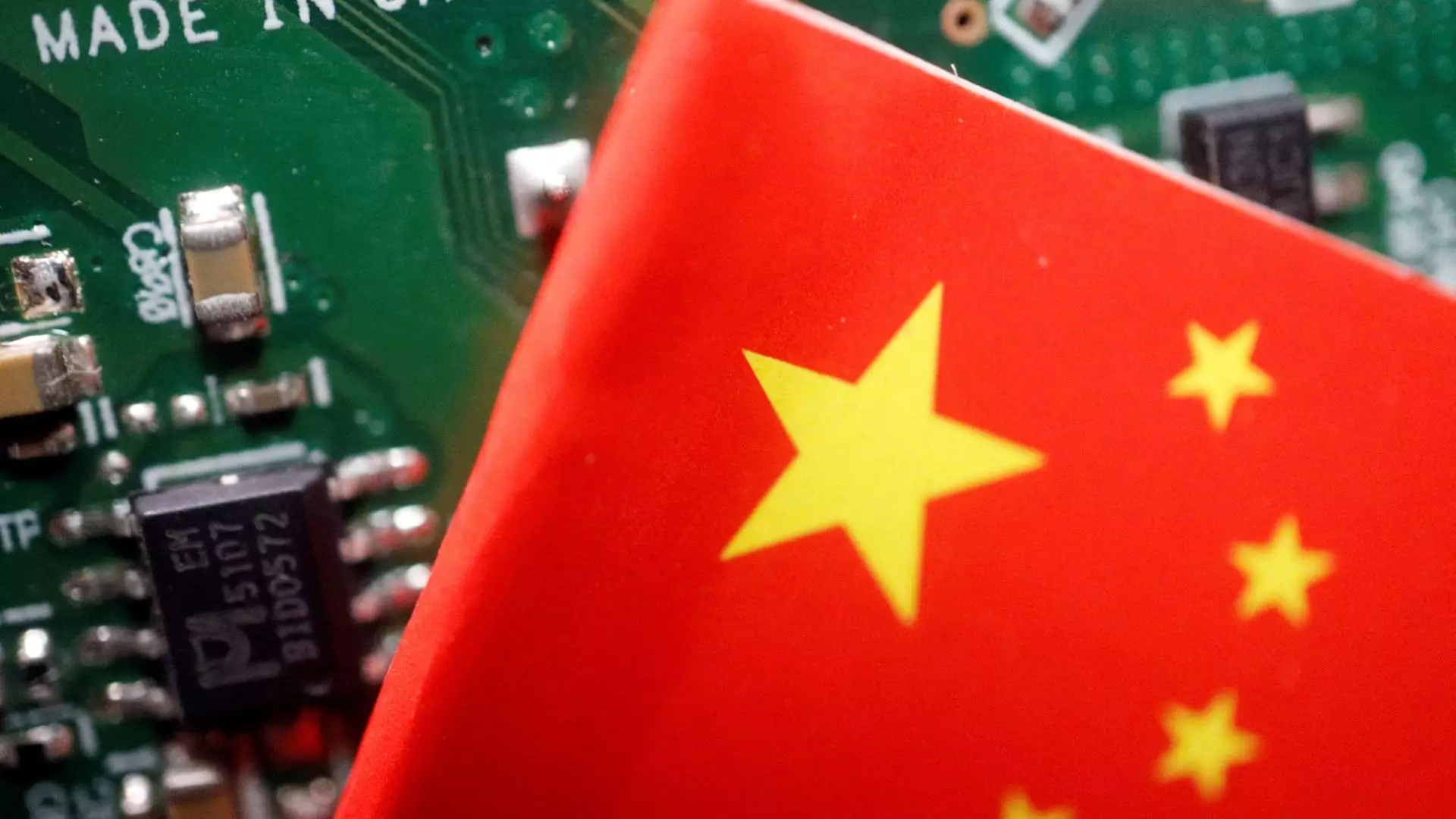The landscape of the global semiconductor market continues to evolve under the pressures of international policy and competition. Recent developments in U.S. export restrictions aimed particularly at China have sparked significant reactions from major Asian chip manufacturers. Despite the tensions and stringent regulations looming above them, stocks in various Asian chip companies demonstrated a surprising level of resilience, indicating a complex and dynamic market environment.
On a day when the U.S. announced additional semiconductor export curbs targeting China, stocks of major Asian chip companies outside of the People’s Republic posted notable gains. The Taiwan Semiconductor Manufacturing Company (TSMC), the world’s leading contract chip supplier, experienced a 2.4% increase in its share price. Similarly, several prominent Japanese technology firms in the semiconductor industry, such as Tokyo Electron and Lasertec, reported increases of 4.7% and 6.7% respectively. This phenomenon raises critical questions about market psychology, particularly the notion that segments of the semiconductor industry may view U.S. restrictions as an opportunity rather than a hurdle.
The apparent upward movement in share prices suggests that investors may be banking on the potential for enhanced demand in alternative markets. This optimism may stem from a belief that companies can pivot strategy to adapt to the changing regulatory landscape. For instance, even South Korea’s industry giants, Samsung and SK Hynix, noticed slight increases in their stock prices—0.9% and 1.8% respectively—despite the looming threat from U.S. policies which restrict access to high-bandwidth memory chips.
The broader implications of the Biden administration’s recent export controls, which now encompass 140 new companies, reflect a targeted attempt to hinder Beijing’s efforts in advancing sophisticated military technology through enhanced semiconductor capability. Notably included in these restrictions are major Chinese firms such as Naura Technology Group and ACMP Research, both of which experienced drops around 3% and 1% in their stock values following the announcement. This divergence in performance between Chinese stocks and their non-Chinese counterparts could indicate a market bifurcation that is increasingly defined by geopolitical boundaries.
Derrick Irwin from Allspring Global Investments remarked that the direct impact on South Korean producers might not be as severe as perceived. He pointed out that while sales of high bandwidth memory chips in the Chinese market could be curtailed, companies might successfully redirect that demand toward U.S. and other international markets. This adaptability highlights a resilience within the semiconductor sector, showcasing stakeholders’ ability to maneuver through geopolitical constraints effectively.
U.S. Secretary of Commerce Gina Raimondo emphasized that the new export controls signify a crucial aspect of the Biden-Harris administration’s strategy to mitigate risks associated with advanced technologies potentially benefitting China’s military capabilities. This framework illustrates the U.S. government’s commitment to protecting national interests while putting pressure on rival powers in the technology domain. The recent restrictions go beyond merely targeting companies; they encompass a broader array of manufacturing equipment and software tools that are pivotal in semiconductor development.
In a related context, questions had previously arisen over the effectiveness of these controls when a chip manufactured by TSMC was identified in a Huawei device—an incident that brought to light the challenges of enforcing such strict regulations in a globally interconnected supply chain. The introduction of a “red flag guidance” to bolster compliance efforts aims to address these concerns, but it is a clear indication that the administration recognizes the complexities of regulating a highly globalized industry.
As the semiconductor sector grapples with these evolving challenges and opportunities, the resilience demonstrated by Asian chip stocks offers a glimpse of a new normal. While the impact of U.S. export controls may continue to shape the industry, the ability of these companies to adapt, pivot, and find alternative avenues for growth will be critical moving forward. The interplay between regulation and market dynamics illustrates a fascinating chapter in the ongoing narrative of global technology competition. Stakeholders must stay vigilant, remaining adaptable to the rapidly changing geopolitical climate to sustain their competitive edge in this high-stakes arena.


Leave a Reply